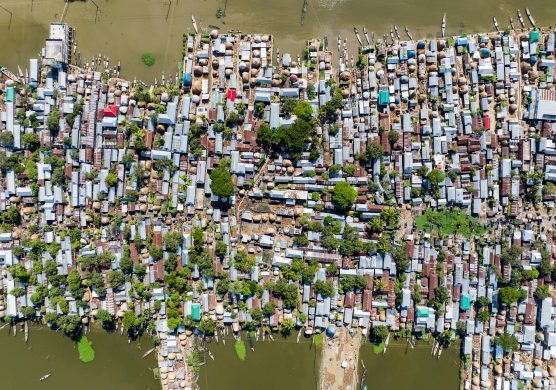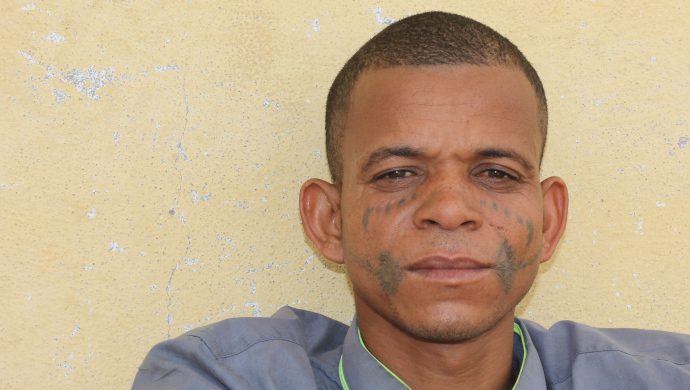Natur og kultur hænger mere sammen end man skulle tro, og det er de samme farer, der truer begge. Ny rapport fra WWF viser, at ødelæggelse af verdens naturlige rigdom globalt hænger sammen med tab af forskellige sprog.
Det fremgår af en ny rapport fra WWF Verdensnaturfonden, der blev offentliggjort søndag. Rapporten kan downloades i linket under artiklen. Følgende er udpluk fra konklusionen.
Both linguistic diversity and biodiversity are diminishing as a result of
human population growth, increasing consumption, and globalization which erodes differences between one part of the world and another.
At the regional level, these fundamental drivers of diversity loss are manifest in different ways. For biodiversity, the biggest threat in modern times has been and still is habitat destruction, followed by over-exploitation (fishing and hunting) and invasive species.
Since 1970, habitat loss has been most rapid in the developing world, particularly in Asia, whereas habitat loss in Europe and North America has slowed down and levelled off. Consequently the most rapid decline in biodiversity is now happening in the tropics, the part of the world with the greatest diversity.
Two results are immediately apparent when comparing the status and trends in biodiversity and linguistic diversity.
Firstly, at the global level, the trends are very similar, both the LPI (species) and ILD (languages) declined by about 30% since 1970, which suggests that biodiversity and linguistic diversity are being lost at similar rates.
This supports the conclusion of the Red List analysis comparing the conservation status of languages and species: globally, linguistic diversity is at least as threatened as biodiversity.
The second result is that, while both biodiversity and linguistic diversity are threatened globally, they are declining at different rates in different regions of the world.
By far the most rapid losses in linguistic diversity have occurred in the Americas where, according to the Red List analysis, 60% of languages are threatened or have gone extinct since 1970. The ILD plummeted by over 75% between 1970 and 2009 in both the Nearctic and the Neotropical biogeographic realms.
The LPI, however, shows that while species populations have fallen in the Neotropics (although with high uncertainty limits), they were almost completely flat in the Nearctic. The LPI fell by more than 60% in the Indo-Pacific, whereas the ILD declined by about 30%, a similar rate to the global average.
Of course this masks the catastrophic decline of more than 80% in the ILD of Australia (and more than 40% in New Guinea). The ILDs for the Afrotropical and Palearctic realms both show declines of around 20-30%.
The difference in regional trends between the LPI and the ILD can be explained by the different direct pressures faced by biodiversity and linguistic diversity.
Biodiversity decline is the usually the result of one of five main direct threats or pressures: habitat loss and destruction, direct over-exploitation of species from hunting and fishing, competition or predation by invasive alien species, climate change, or pollution.
Habitat loss and over-exploitation of species remain the greatest
threats for most of the world’s biodiversity, and over the last 40 years the strongest pressure has been felt in the tropics, especially in Asia.
In Europe and North America most of the biodiversity loss from habitat destruction occurred before 1970 and so does not register on the LPI.
However, the footprint of natural resource consumption by the developed world is felt increasingly in the developing tropics, and all the more so as China’s demand for natural resources grows; so it is the growing consumption by rich counties as well as population growth in poor countries that are driving the loss of tropical biodiversity in Africa, Asia and Latin America.
Download rapporten på nedenstående link.














